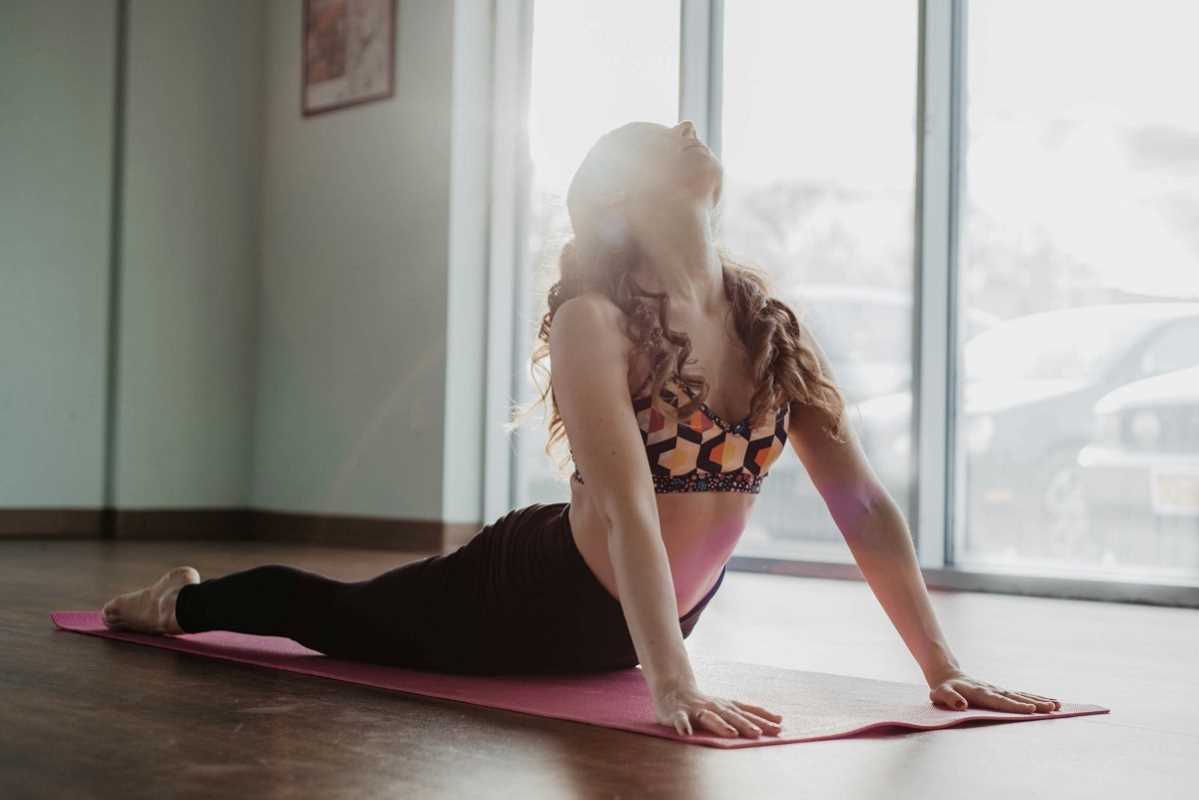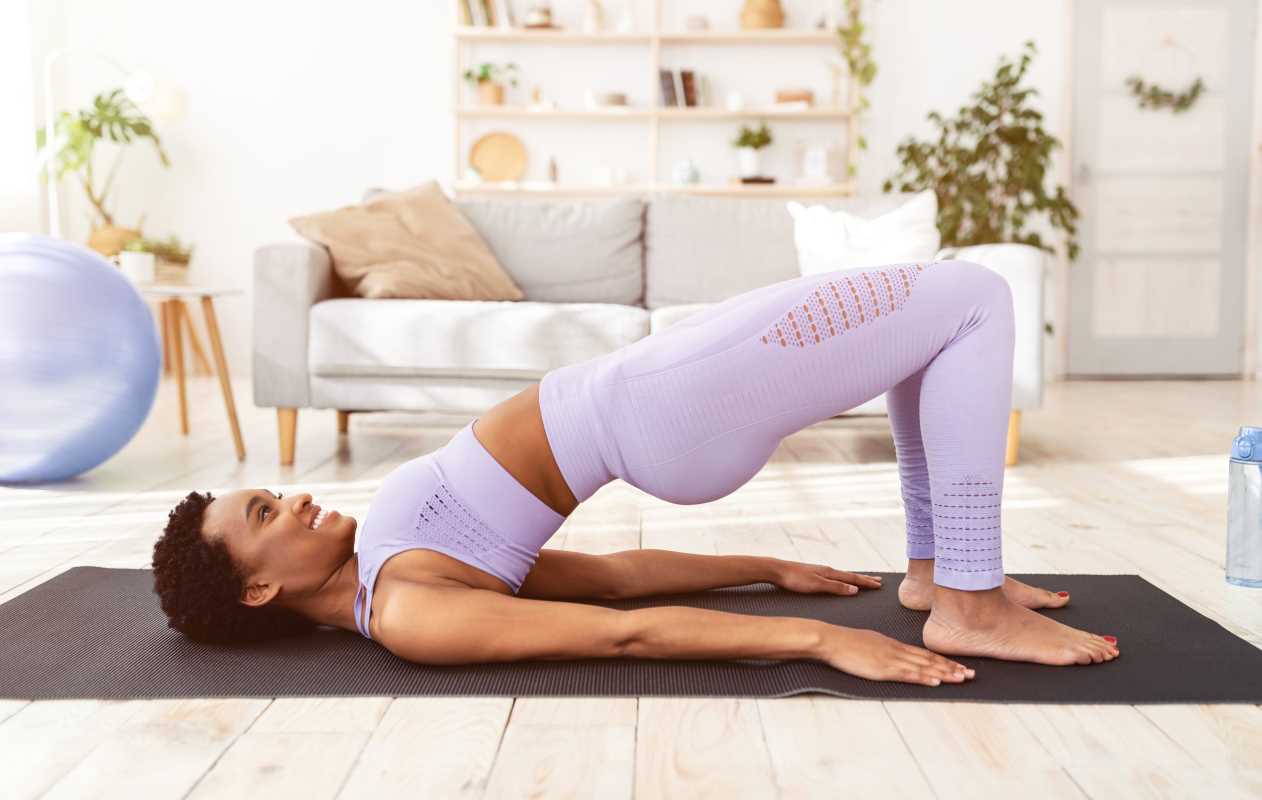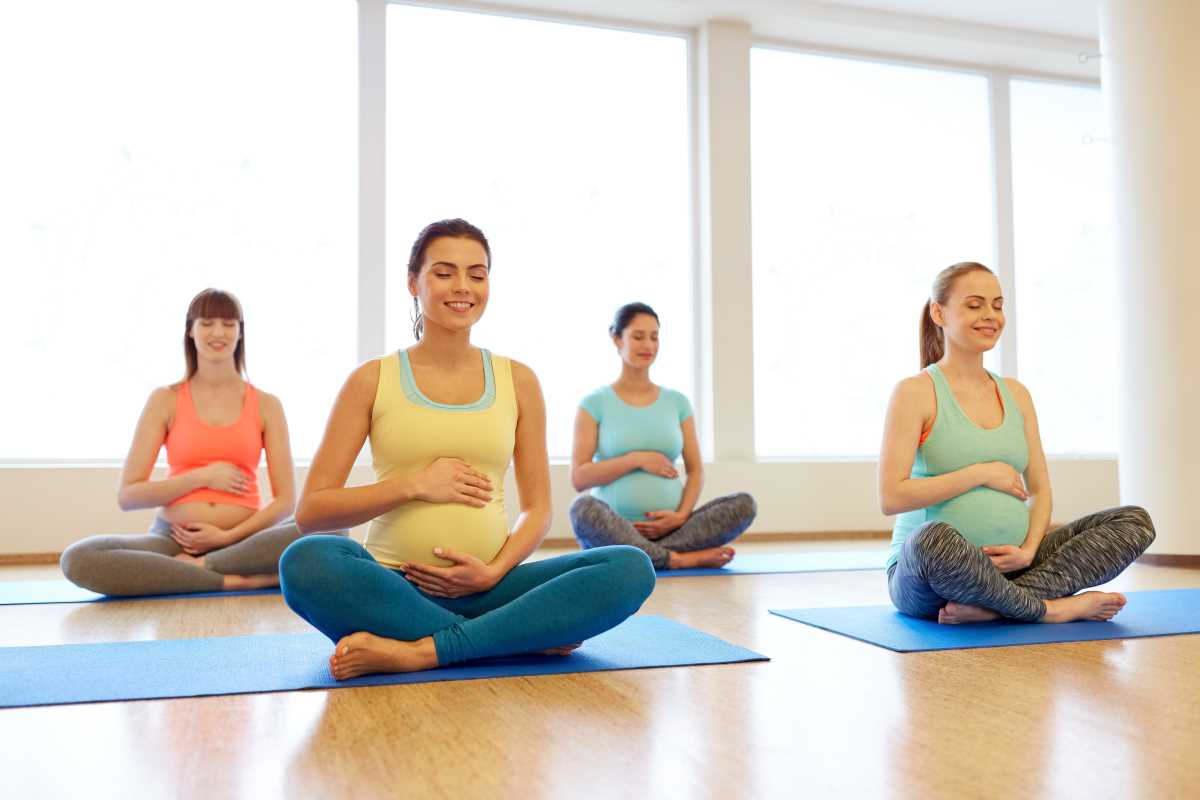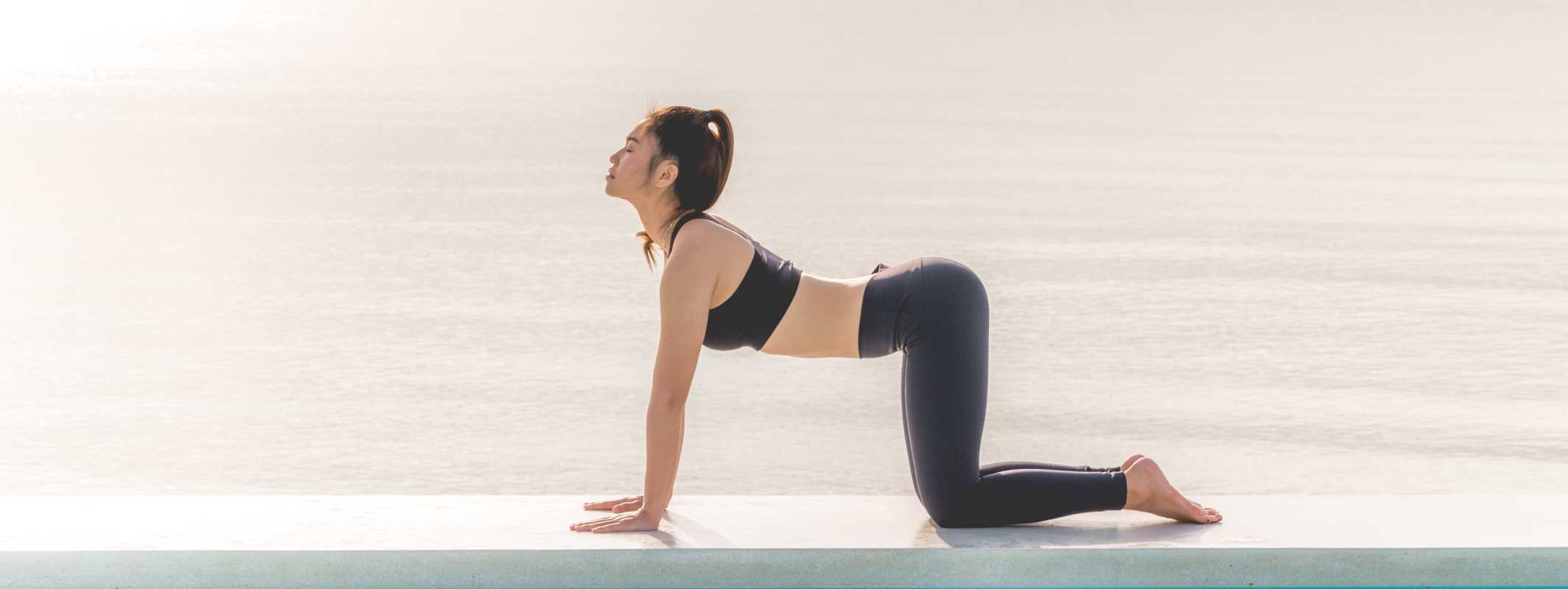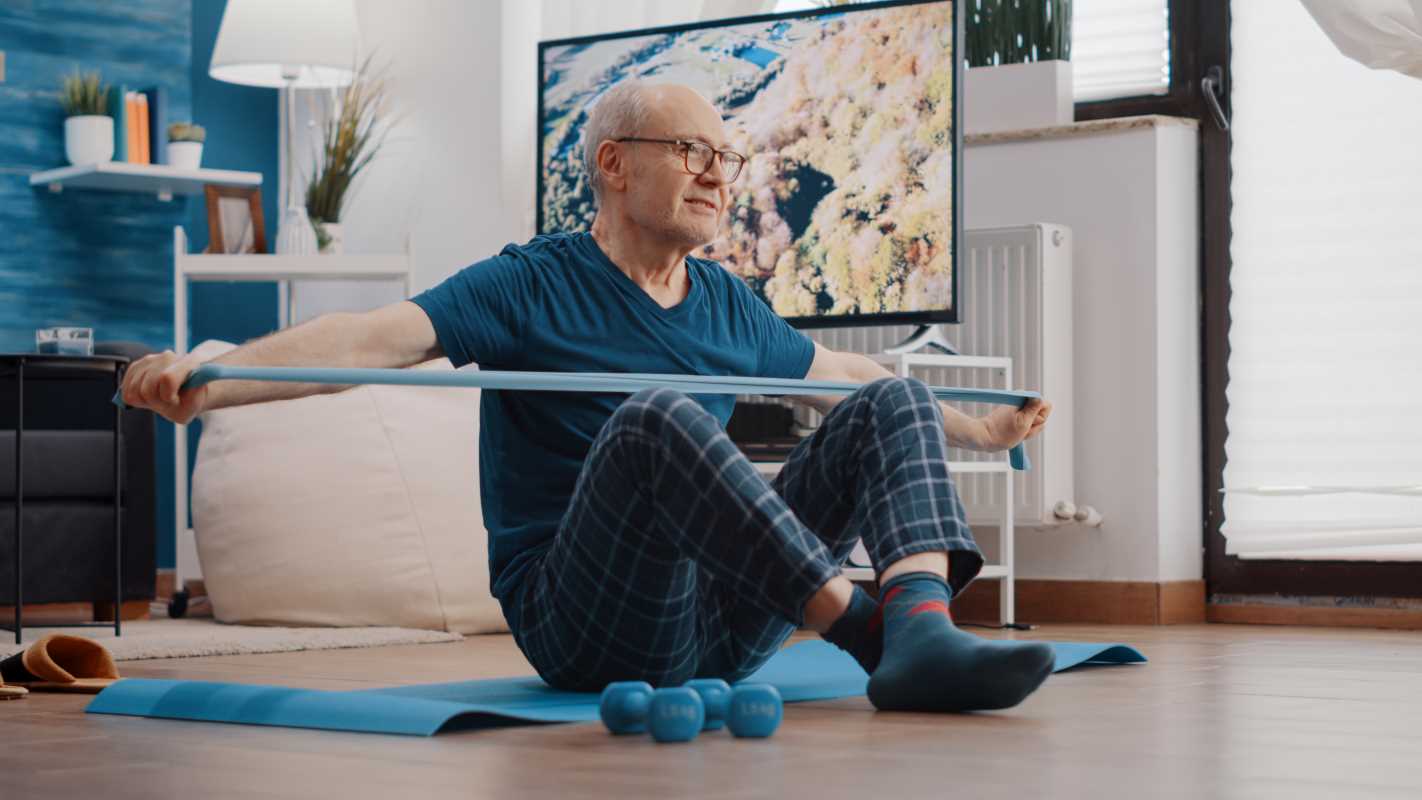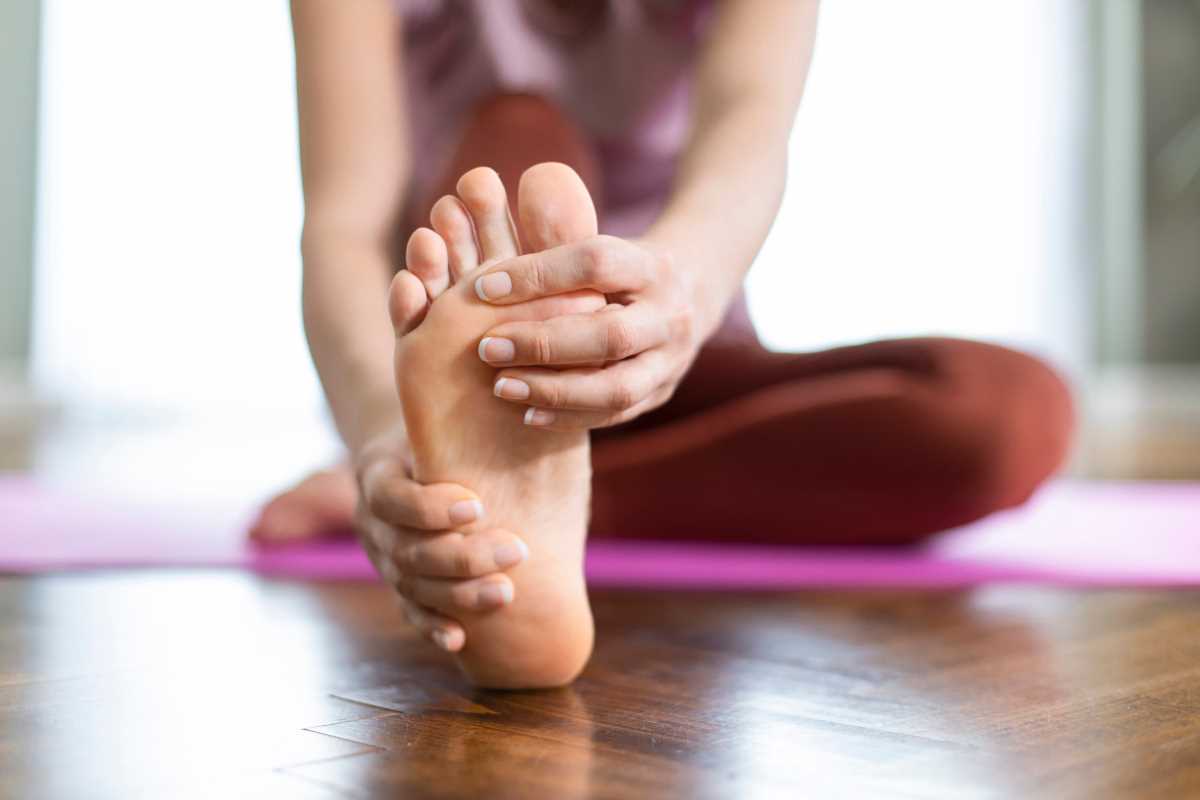Joint pain can stop you from doing the things you love. Simple tasks like walking upstairs or stretching for an item on a shelf might feel like challenges. If these struggles sound familiar, low-impact exercises may hold the key to easing your discomfort. Designed to be gentle on the joints, these workouts improve range of motion, build strength, and reduce stiffness. They help you move better without risking further damage or strain. Here, you'll find a detailed guide to specific low-impact exercises that can increase mobility and offer relief. By the end, you'll know how to integrate these routines into your day for lifelong joint health. Before starting any of these activities, speak with your doctor to make sure they're right for you.
1. Walking
Taking a walk is an everyday activity that doubles as exercise. Brisk walking strengthens your leg muscles, maintains overall mobility, and provides a cardio workout without putting too much stress on your joints. To get the most benefit:
- Aim for 20–30 minutes, 4–5 times a week.
- Choose soft, flat surfaces such as park paths or a treadmill for extra joint cushioning.
- Wear supportive shoes to reduce added pressure on your knees and hips.
If you're just getting started, even a five-minute stroll can make a noticeable difference over time.
2. Swimming and Water Aerobics
Water exercises are excellent choices for joint pain relief. The natural buoyancy of water lessens the load on your joints, allowing you to move freely and benefit from added resistance. Swimming strengthens muscles and improves cardiovascular health. Water aerobics builds mobility and supports joint flexibility. Try these water activities:
- Gentle laps in a pool
- Aqua jogging
- Group water aerobics classes
Many community pools also offer specialized classes for arthritis or recovery from injuries, making them a flexible option for targeted pain relief.
3. Stationary Cycling
Stationary bikes provide a low-impact way to get your heart rate up and strengthen your legs. Unlike traditional outdoor biking, stationary machines eliminate bumps and reduce strain, and still offer a great workout. To get started:
- Adjust the bike seat height so your knees bend slightly at the pedals’ lowest point.
- Begin with mild resistance for shorter sessions, around 10–15 minutes. Gradually increase both time and intensity as your endurance improves.
Cycling improves knee and hip function, helping to reduce long-term stiffness.
4. Chair Exercises
If standing workouts are too painful, chair exercises offer a smart alternative. They focus on upper body strength and core stability, keeping your joints intact. Try these out:
- Seated leg lifts: Sit upright on a sturdy chair. Straighten one leg, hold it for a few seconds, then slowly lower it. Repeat with the other leg.
- Arm circles: Extend your arms to the sides, parallel to the floor. Gently make small, controlled circles.
- Seated marches: Lift one knee at a time, mimicking the motion of walking while staying seated.
These exercises are simple, but they activate muscles in your legs, hips, and abdomen, which are important for joint support.
5. Yoga
Yoga combines stretching with balance and controlled breathing, making it a great practice for joint health. Poses can be modified to meet your specific needs, and the focus on flexibility can reduce stiffness over time. Some recommended poses include:
- Cat-cow stretch: Start on your hands and knees. Arch your back toward the ceiling (cow pose), then round it upward like a scared cat (cat pose).
- Child’s pose: Sit back on your heels, stretch your arms forward, and rest your head on the floor. This position gently stretches your lower back and hips.
- Warrior pose: Build leg strength with this stance. Start with one foot forward and the other back, creating a lunge. Raise your arms overhead for balance and strength.
Practicing yoga regularly can improve posture and flexibility, two key contributors to better joint function.
6. Pilates
Similar to yoga, Pilates targets core strength and flexibility, but it also emphasizes controlled movements and posture alignment. These exercises are particularly helpful for supporting the spine, hips, and knees:
- Leg circles: Lie on your back, extend one leg upward, and slowly trace small circles in the air. This strengthens and stretches your hip joints.
- Roll-ups: Lie flat, then slowly sit up into a forward stretch position, engaging your core.
- Side-lying kicks: Lie on one side and kick the top leg forward and then backward in a fluid motion. This targets your hip and thigh muscles without strain.
Low-impact Pilates sessions often result in better mobility, as the exercises help address weak spots in your range of motion.
7. Tai Chi
Tai Chi, a centuries-old Chinese martial art, focuses on slow, deliberate movements. Its flowing patterns are deceptively simple but highly effective for boosting balance and reducing stiffness. Start by learning beginner forms such as:
- Cloud hands: Move each arm in a sweeping motion as if gently pushing away clouds.
- Golden rooster stance: Stand on one foot while raising both hands, emulating the stance of a rooster.
These movements challenge your stability and keep your joints safe. Practiced consistently, Tai Chi can improve physical control.
8. Stretching Routines
Daily stretching is great for maintaining flexibility, especially if joint pain restricts your range of motion. The focus here is on small, gentle stretches that don’t push you too far. Key stretches include:
- Hamstring stretch: Sit on the floor with one leg extended. Lean forward slowly, reaching toward your toes.
- Calf stretch: Stand facing a wall. Place one foot back, keeping it flat against the floor, and bend the front knee to stretch your calf.
- Shoulder stretches: Cross one arm over your chest and use the other hand to hold it in place for a few seconds.
These simple movements can be added to your morning or evening routine for lifelong flexibility.
Tips for Success with Low-Impact Workouts
- Start slow: Trying too much too fast could worsen your joint discomfort. Gradually build your strength and endurance to avoid adding more pain.
- Stay consistent: The benefits of these exercises grow over time, so aim to include 3–5 sessions each week.
- Warm-up and cool down: Soft stretches before and after workouts prepare your joints for exercise and prevent stiffness.
- Listen to your body: Some soreness is normal, but sharp or prolonged pain is a sign to stop and adjust your routine.
 (Image via
(Image via